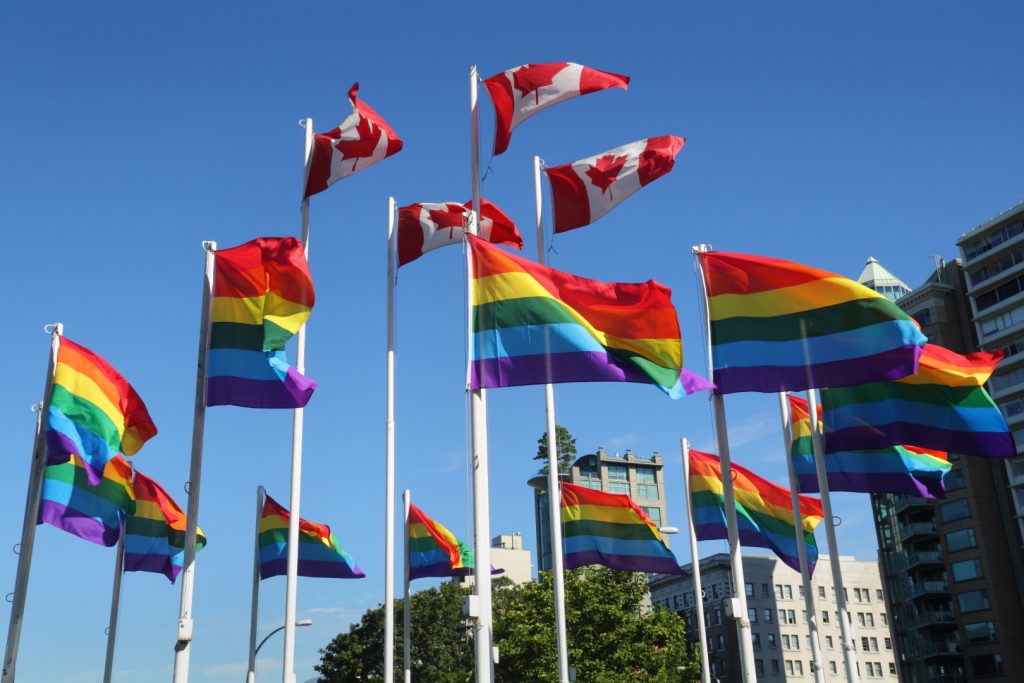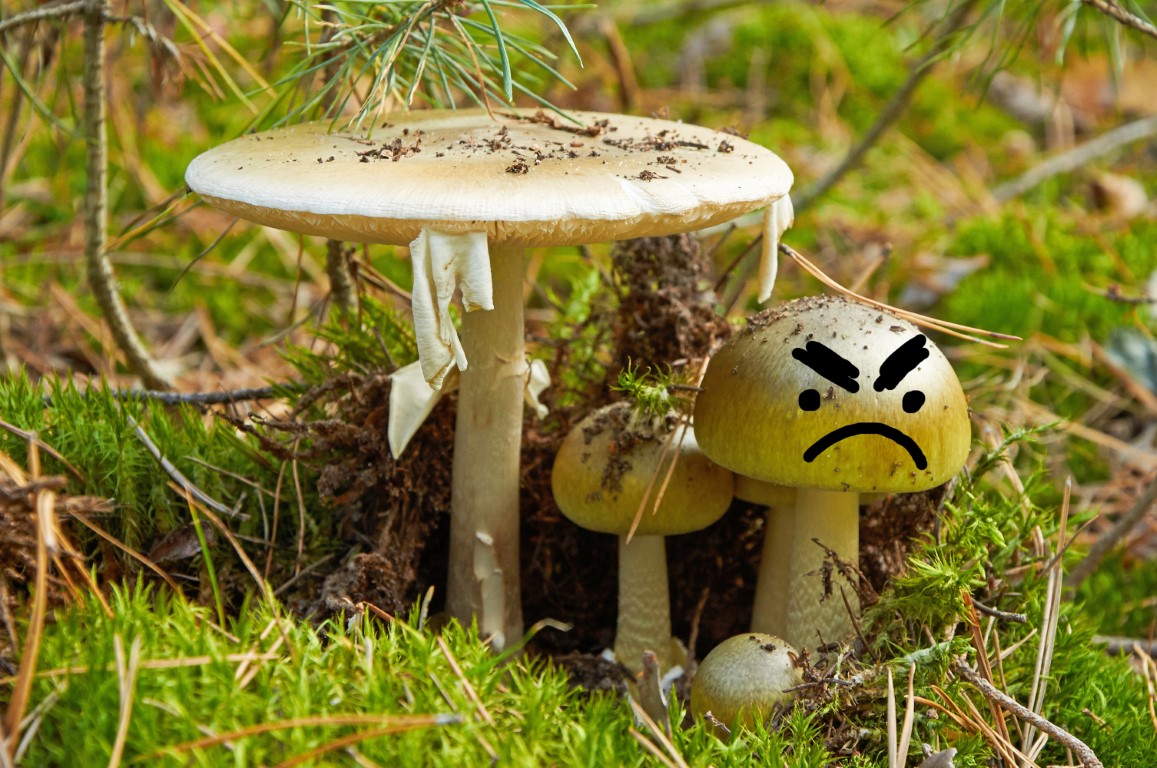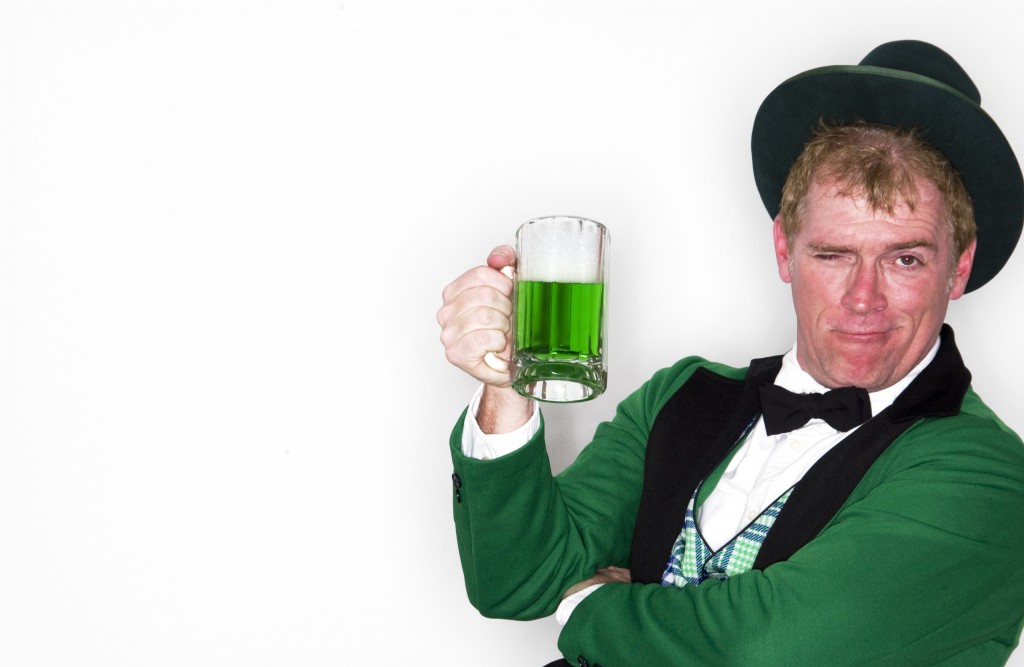
By Bex Peterson, Editor-in-Chief
I’m not the biggest fan of summer. When I was growing up, it always felt like an empty, drawn-out hiatus between the more exciting seasons of life; school, sports, choir, holidays and birthdays, et cetera. Now, I’m mostly grouchy about summer because it just gets too damn hot.
Despite this, I’m a big fan of June these days. June, after all, is Pride Month.
Pride Month means a lot more to me now than it did when I was younger. For one thing, I wasn’t “out” until my late teens. The messaging for 2SLGBTQ+ youth when I was younger was… discouraging, to say the least. Twitter user @kvetchkween summed it up pretty succinctly in her tweet about Booksmart: “…im happy gay teens these days have movies about gay teens…when i was a teen we just watched brokeback mountain & figured we would one day die in colorado [sic].” I was raised on media that really highlighted the “tragic gay” experience; a lot of queer-focused books and films seemed like slow, sad ponderings on how awful it was to be different, and it was really a roll of the dice as to how many gay deaths they could fit into one piece of media.
Don’t get me wrong. The sadness, the darkness, the pain… it’s real, and it exists for a reason. Coming out to myself as bisexual was harder than coming out to anyone else as I had to fight my own internalized biphobia; coming out to myself as nonbinary was a whole other mess of questions with few readily-available answers. Even so, the pain I experienced was less about the pain of personal confusion and some inherent tragedy of my own existence. The pain was an exterior force. The pain was being told I’d “chosen” a hard life. The pain was being asked if I was assaulted as a child because I was “too pretty” to be gay naturally. The pain was having my own family doctor ask me if I was “addicted to sex” when I told her I was bisexual—given that I was a virgin at the time, my answer was pretty scathing.
Pride serves to highlight our struggles, and it absolutely should do that. 2SLGBTQ+ history has always been a fight for understanding, a battle to be recognized as whole human beings. Pride Month celebrates the Stonewall Riots, a watershed moment in the ongoing push for our rights; a push that was begun by transwomen of colour, a demographic that has seen few of the benefits of their own work for the past half-century.
There is still so much work to do, but when I start to feel that pain, Pride Month reminds me of how far we’ve come. I’ve been out of high school for less than a decade, but the changes I’ve seen in those scant years have been astronomical. When I was in high school, no one really knew what trans people were—I didn’t know trans men could exist until I was about 17. Many of my friends were closeted in one way or another, and I was told many times that bisexual people were automatically confused, attention-seeking, promiscuous, and untrustworthy people. Now, my little cousins—11 and 14 respectively—regularly have conversations about gender and sexuality. They’re already miles ahead from where I was at that age; hell, they’re miles ahead of many people I know now.
This past week I’ve been marathoning She-Ra on Netflix and I saw Rocketman in theatres. What struck me most about these properties was the lack of the inherent gay tragedy. Rocketman, though unflinching in its portrayal of homophobia and abuse, has a hopeful, therapeutic ending about healing and self-acceptance. She-Ra basks in a rich world where gender and sexuality is as fluid as our own, but without the rigid assumptions and stereotypes we were raised with.
If one were to try and capture this hope that Pride Month gives me, it would probably look like Mark Kanemura’s viral Pride Month Twitter video set to Carly Rae Jepsen’s “Cut to the Feeling.” Kanemura dances in a glorious rainbow flag, pulling wig after colourful wig off his head in time with the music, joyous and vibrantly unashamed.
We need that joy to counterbalance the pain, to give the fight meaning. We need Pride.
Until next issue,
Bex Peterson


